Over the past few years, I’ve worked on several AI projects that explore how computer vision and machine learning can improve automation, safety, and everyday life.
I decided to collect them all in one place—both as a record of my journey and as a way to show the range of problems I’ve explored.
Small Scale Self-Driving Car
This was my undergraduate project: a small-scale self-driving car capable of autonomous navigation and object detection through single lanes.
A lane-keeping algorithm guided the car using image processing, while a TensorFlow-based object detection model, retrained on a custom dataset, identified road elements and triggered driving actions.
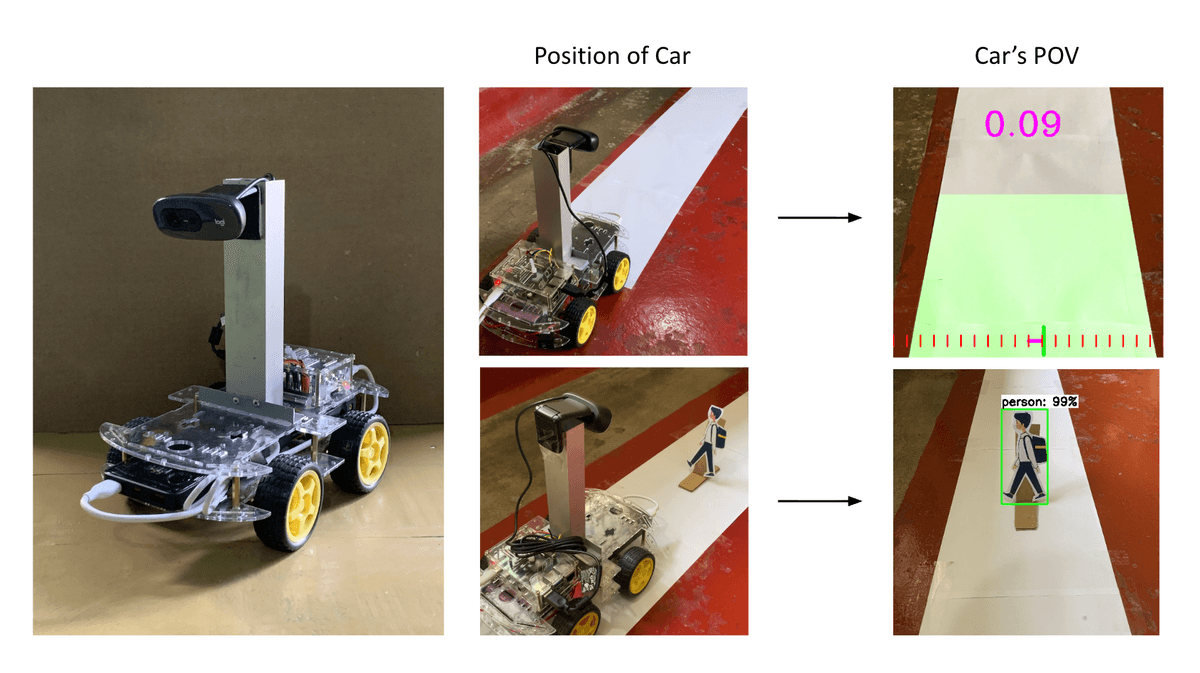
This prototype showed how CNN-based object detection and vision-driven control can help reduce accidents by making real-time driving decisions.
You can read the full report here.
Lane Keeping Assist
At Renewaa Pvt Ltd, I scaled my undergraduate project to a real Nissan Leaf EV.
We installed a custom data collection system on unmarked Sri Lankan roads, which led to a research paper accepted for presentation at the IEEE ICIIS Conference this December at University of Peradeniya.
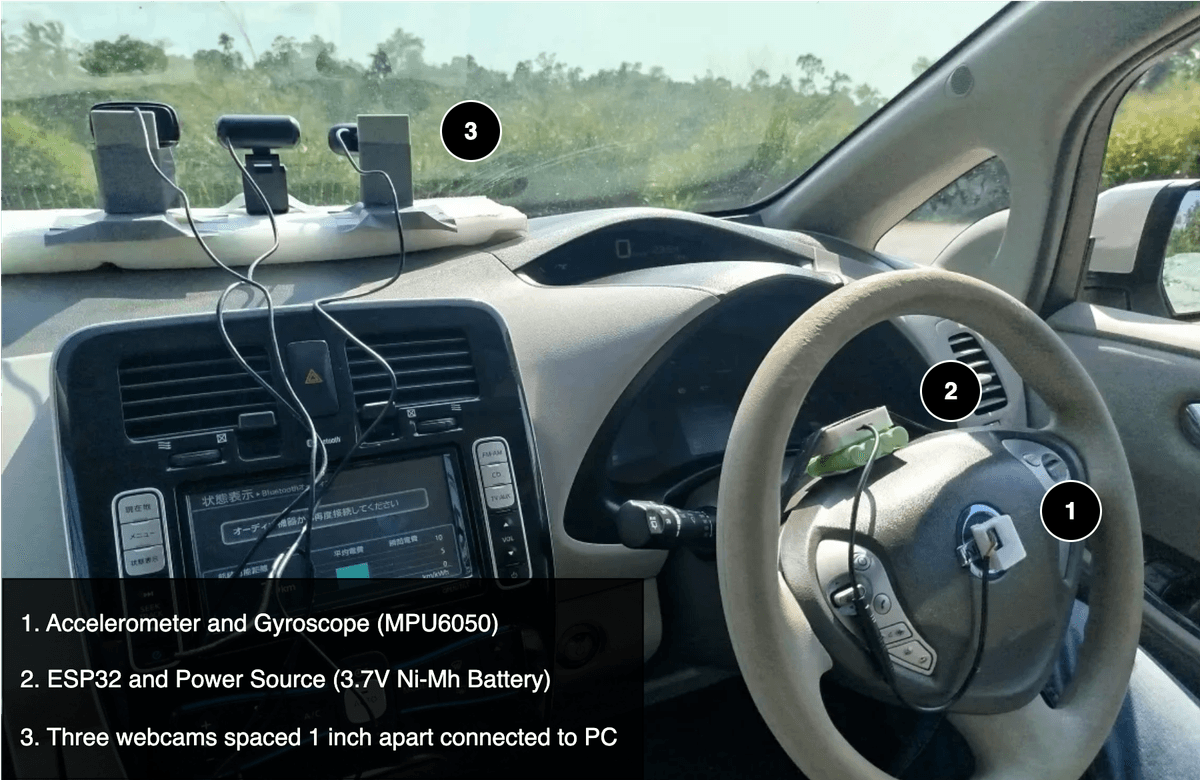
We developed a deep learning model using a convolutional neural network (CNN) that predicts steering angles directly from camera inputs. This removed the need for explicit lane detection.
Trained on locally collected driving data with extensive augmentation, the system achieved strong performance under varied conditions.
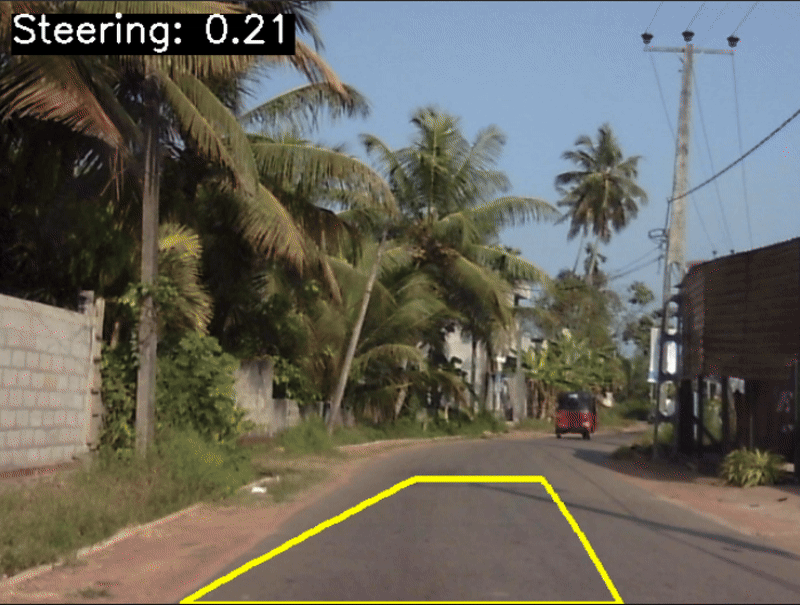
Furthermore, we proposed a hybrid framework that combines human input with CNN predictions. When the two disagree beyond a set threshold, the system issues critical alerts—offering a practical step toward safer driving in challenging environments.
A snapshot of the disagreement result is show in the image below.
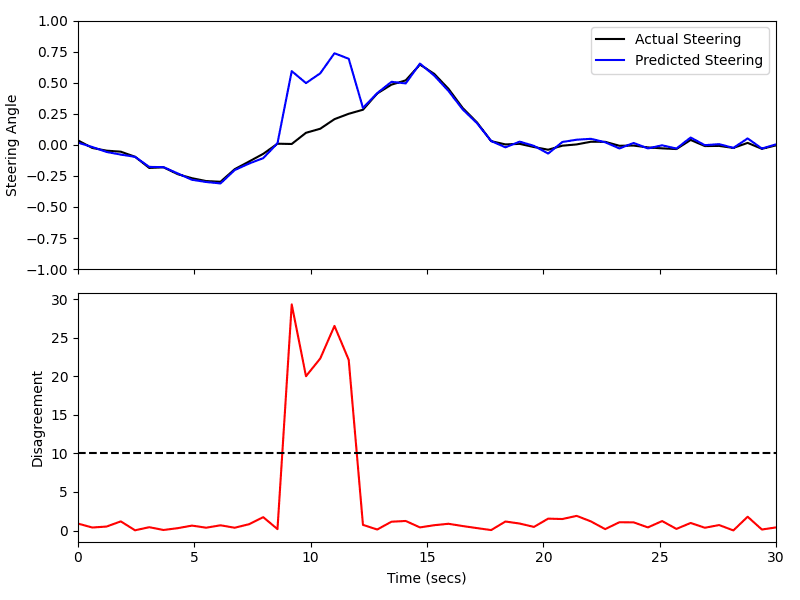
You can read the full paper here.
Driver Alert System
Next, I developed a driver safety system that uses facial landmark detection to monitor distraction and drowsiness.
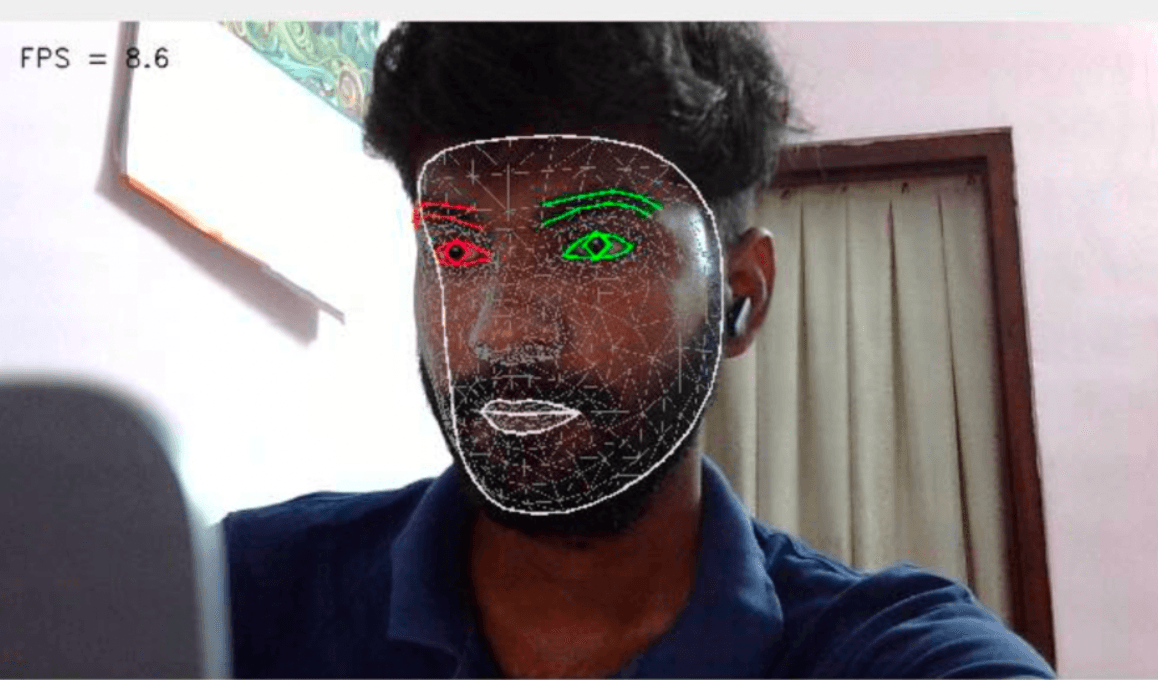
The system uses MediaPipe to detect facial landmarks, which are then converted into blendshapes.
These blendshapes make it possible to identify whether the driver is sleeping, drowsy, looking away, using a phone, or showing other risky behaviors. The driver is then alerted accordingly.
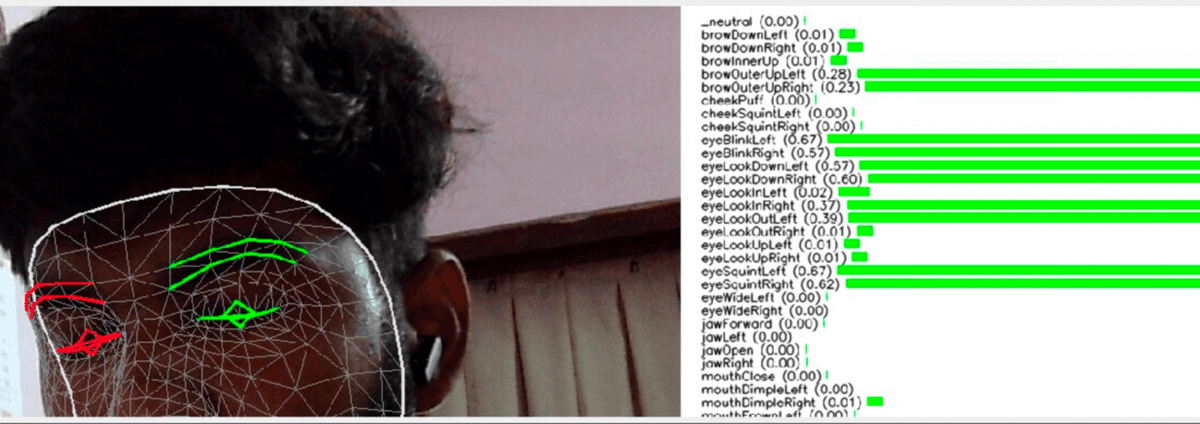
SARA – Smart Arithmetic Reviewing Assistant
I also built Sara, an AI agent that grades handwritten math tutorials.
Student PDFs are converted to images, transcribed into LaTeX with GPT-4o, and then compared against solution sheets to auto-assign marks.
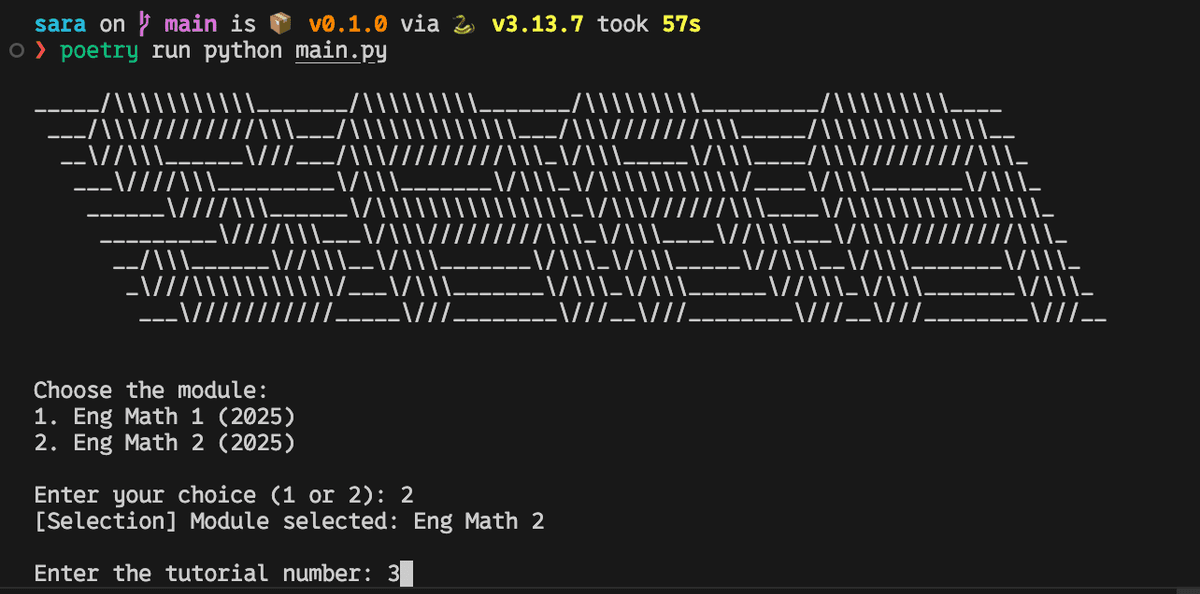
Key Results:
- Accuracy: ~83% single-pass, ~100% with multi-pass confidence checking
- Speed: ~5 min 40 sec for 10 students
- Cost: ~$0.022 (≈6 LKR) per tutorial
Sara shows how AI can take over repetitive grading tasks while keeping results consistent and fair.
Other Cool Projects
Alongside my own work, I’ve supervised and built more AI-driven projects:
- Voice-Controlled Home Automation – AI powered speech and text processing for smart homes.
- Fruit Sorting System – ResNet based classification for automated sorting on a conveyor.
- Robotic Arm - 3 Axis Robotic Arm with Autonomous Actions.
- Plant Monitoring System - AI powered system to detect plant diseases and assess overall plant health.
These projects highlight my journey in applying AI to real-world problems.
And I’m just getting started.